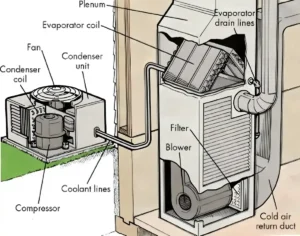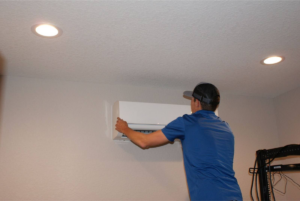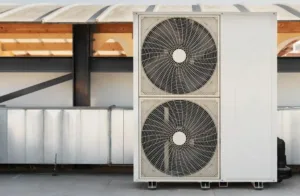Temperature fluctuations force your heating system to work harder than usual. Nobody wants their system breaking down during the coldest nights. Our simple maintenance tips will help your HVAC system run well throughout winter. Murray AC serves homeowners across the Greater San Antonio area. Let us show you how to protect and optimize your system’s performance this season.
Important Pre-Winter HVAC Maintenance Steps
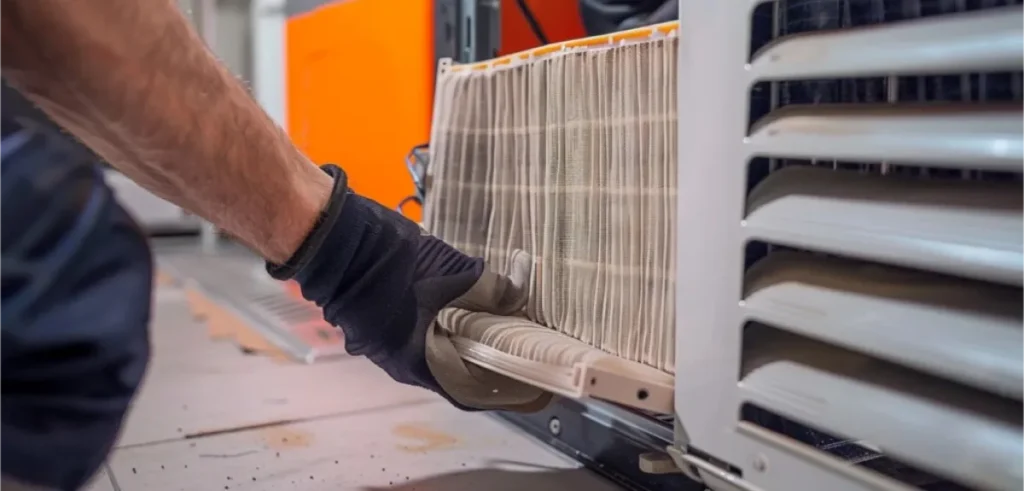
Professional inspection checklist
Professional HVAC inspection protects you from winter troubles. Murray AC’s technicians will check all key components during our visit to your home. A professional inspection has these key points.
- Electrical Connections: Tightening and testing all connections
- Control Systems: Verifying proper starting and shutdown cycles
- Moving Parts: Checking and lubricating all components
- Heat Exchanger: Inspecting for cracks and proper function
- Thermostat: Testing settings and calibration
Filter replacement guidelines
Cleaning and lubrication requirements
Clean components and proper lubrication are helpful to your system’s efficiency. Dirty filters can restrict airflow, which forces your system to work harder and raises costs. Moving parts need lubrication to reduce motor friction and keep the system running.
Note that systems without proper care often fail before their expected 10-15 year lifespan. This maintenance routine prepares your system for winter and protects your investment while keeping your family comfortable through the cold season.
Protecting Your Outdoor HVAC Components
Texas weather puts your outdoor HVAC unit through hard conditions, from intense heat to sudden cold snaps. The right protection will give your system a longer life and better results during winter months.

Proper condenser unit coverage
Debris removal and maintenance
Your unit needs space to operate at its best. Keep a clearance of two to three feet on all sides and five feet overhead. A good maintenance routine should have these things.
- Clearing leaves, twigs, and grass clippings
- Cleaning condenser fins with a soft brush
- Cutting back nearby plants and vegetation
Weatherproofing techniques
Smart weatherproofing requires more than simple coverage. Place your unit away from potential ice fall zones and create drainage areas around its base. Watch these key areas during severe weather.
- Remove snow and ice buildup quickly to prevent freezing
- Clear any icicles that form above the unit
- Keep at least 18 inches of space after snowfall
Indoor System Optimization

Thermostat programming strategies
Air System Inspection and Sealing
Your air system loses 20-30% of moving air because of leaks, holes, and poor connections. These warning signs indicate underlying issues.
- Rooms feel too hot or too cold
- Utility bills spike higher than normal
- Spaces remain stuffy and uncomfortable
- Exposed components shows visible damage
Humidity control measures
Emergency Preparedness for Texas Winter
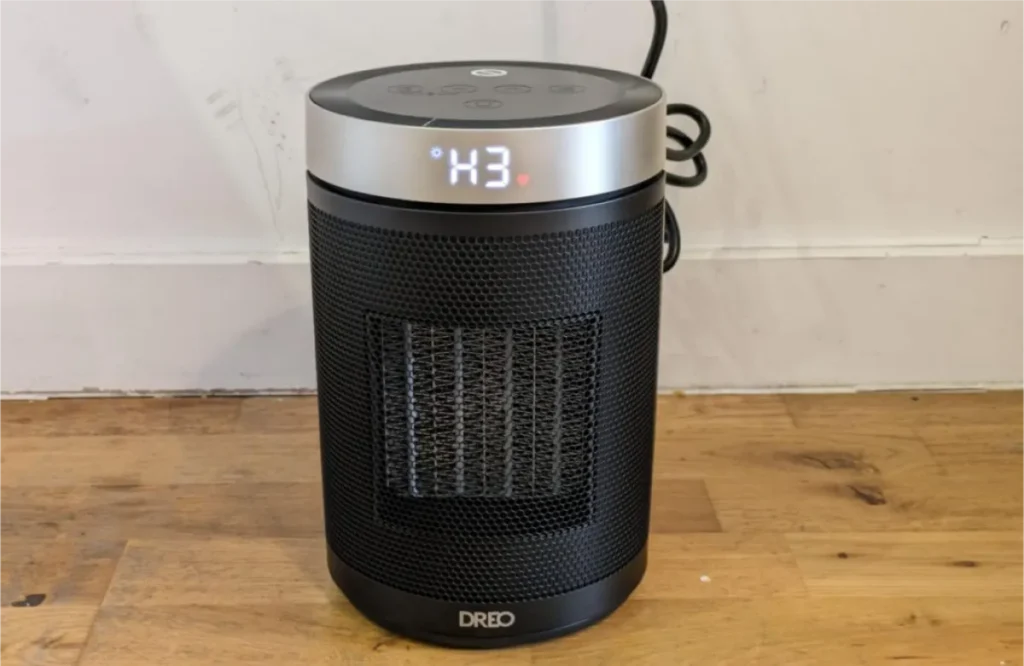
Backup heating options
Your heating system needs a backup. Here are some proven options that work well.
- Portable space heaters for spot heating
- Gas logs or wood stoves for whole-room warmth
- Backup generators sized for your HVAC needs
Common winter HVAC issues
These typical winter problems can disrupt your comfort at home.
- Short cycling (system turning on and off frequently)
- Uneven heating across rooms
- Strange noises like banging or hissing
- Weak airflow from vents
When to call Murray AC professionals
Small issues can quickly become worse. Our certified technicians should check your system if you notice these things.
- Complete system failure in freezing weather
- Burning smells or unusual odors
- Carbon monoxide detector alerts
- Electrical problems with your HVAC system


